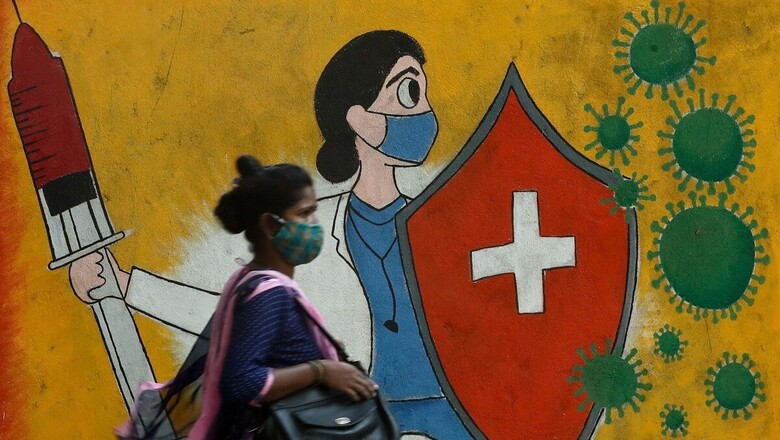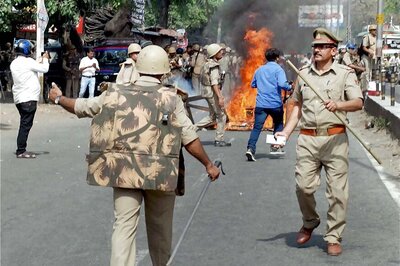
views
Did you know that Mumbai’s peak during the second wave was lower than that in Delhi and Bengaluru? Scientists say the difference in numbers was due to higher levels of previous exposure to the virus. The same findings can now come as a ray of hope with experts predicting that the third wave in the financial capital may not be as hard hitting as the second one, considering that 80% of the city’s population has already been exposed to Covid-causing SARS-CoV-2 virus.
However, there is a catch here too. A Times of India report quoted scientists of the Tata Institute of Fundamental Research (TIFR), Colaba, as saying that the lower number of cases will only be seen if reinfections are not substantial.
The study’s main author Dr Sandeep Juneja, dean of TIFR’s school of technology and computer science, was quoted: “Reinfections will hold the key in the third wave.” The population that contracted coronavirus in the first wave in 2020 are more vulnerable now as almost 17 months have passed since the pandemic started in India and antibody levels in the infected people may be dropping.
The report stated that keeping an eye on reinfections would help civic authorities catch the trend early. Besides that, vaccinating the remaining 20% of Mumbai’s population that is unaffected can help check the third wave, Juneja suggested.
Scenarios Worked Out by TIFR Team of Juneja and Daksh Mittal
In case of Significant Reinfections or Stronger Mutations: The team was quoted as saying, “We also consider a somewhat pessimistic scenario where reinfections are significant (amongst the 80% recovered, 10% are amenable to infections, and if infected, will follow the same disease progression as the first time infected), or a new variant that is 50% more infectious and 50% more virulent than the Delta variant (we assume that Delta variant is 2.25 times more infectious than the earlier variant in Mumbai and marginally more virulent).”
Unlocking Plans and Not Following Covid-appropriate Behaviour: The report further stated that other factors that could affect the third wave would be poor effectiveness of the vaccine (due to a variant causing escape from vaccine immunity) or opening up the city at 60% level but low compliance to Covid-appropriate behaviour.
Number of People Infected in Big Cities
Mumbai saw a peak of around 11,000 cases a day in the second wave, while Delhi saw a peak of around 28,000 and Bangalore of around 25,000. “Mumbai, with a population of around 13 million, already had around 65% population exposed to the disease (as per our model). Delhi with 19 million had an estimated 55% population exposed around this time. Bangalore, with a population similar to Mumbai had an estimated 45% exposed around February 1. Thus, while the Mumbai administration was well organised in tackling the second wave, the presence of high sero-positivity may have helped Mumbai avoid the tragic consequences that may have resulted from a much higher peak,” the paper concluded.
Read all the Latest News, Breaking News and Coronavirus News here.

















Comments
0 comment